Understanding Indonesia… This is a country of geographical extremes, and undoubtedly one of the world’s most complex nations. Comprised of over 17,000 islands – nobody seems to know the actual number! The archipelago stretches almost 5200 km along the equator from Banda Aceh, on the tip of Sumatra in the west. To the remote highlands of West Papua in the east.
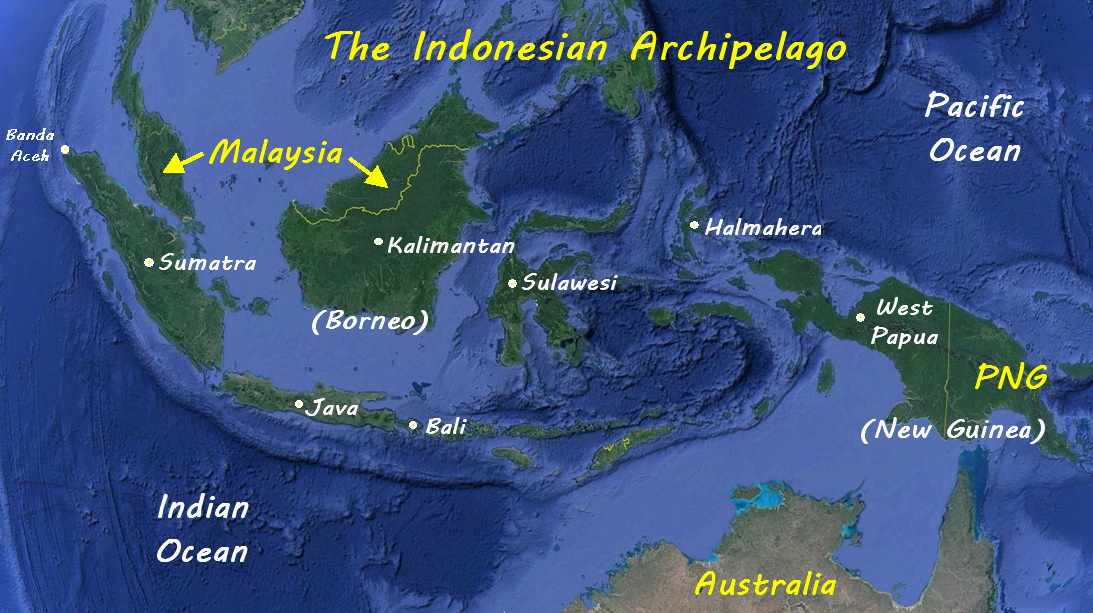
Of those many islands three – New Guinea, Borneo and Sumatra – are among the world’s largest. But only about 6,000 of those islands actually have names and less than 1,000 are inhabited.
New Guinea in the east is the world’s second largest island (after Greenland) and is divided roughly 50/50 with Papua New Guinea. With Indonesia having the western half (West Papua) and the eastern half forming the mainland of PNG. While Borneo, the third largest island in the world, is shared with Malaysia and Brunei. With the lion’s share of about 73% belonging to Indonesia and forming the provinces of Kalimantan.
Understanding Indonesia – Recent History
The country we know as Indonesia came in to existence on the 17 August in 1945. Just two days after the surrender of Japan at the end of World War II. When founding President Sukarno seized the moment and declared independence.
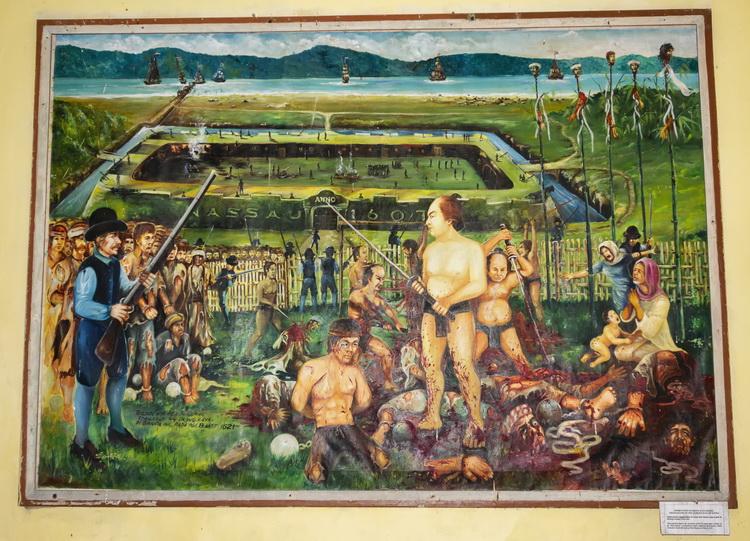
The archipelago was formerly one of the most valuable parts of the Dutch colonial empire and known as the Dutch East Indies.
The Dutch arrived in the early 1600’s searching for the source of the incredibly lucrative spice trade. Controlled at that time by the Portuguese, they used their bigger ships and better armaments to take control and ultimately established the VOC – or Dutch East India Company.
The VOC became so powerful that is was basically a state within a state. And what many consider as the first truly multi-national conglomerate. The VOC was eventually nationalized by the Dutch government, but the ruthless rule of the archipelago did not change much…
WWII and the invasion of the archipelago by the Japanese was the catalyst for ousting the Dutch. And, during their occupation, the Japanese sponsored nationalists like Sukarno. Who did not hesitate when the opportunity presented itself to seize power!
Many Cultures…
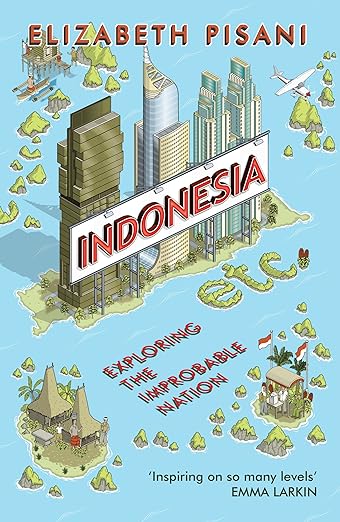
Culturally Indonesia is extremely diverse. With most of the 922 inhabited islands having their own customs, native dress, architectural forms and dialects. And, overall there are an estimated 300 distinct ethnic groupings – a true melting pot.
Indonesia is also the world’s 4th most populous country with almost 278m people. And… some 53% of them are concentrated on the island of Java, which has the somewhat dubious honor of being the world’s most populous island.
As any time spent in the capital Jakarta, or the other large large Javanese cities like Yogyakarta or Surabaya, will make you quickly realize…
The Javanese themselves are the largest ethnic group. Making up 42% of the overall population and dominating the country both culturally, economically and politically.
There are many good books on Indonesia and Periplus is a good place to start looking for them. If you don’t know much about the enigma that is Indonesia a great place to start is Indonesia Etc. The book is one of my personal favourites and is written by former Reuters foreign correspondent, turned medical researcher, Elizabeth Pisani.
Over a two-year period Pisani travelled some 20,000 kms by land and sea around the archipelago. She travelled as the regular Indonesians do and the book is full of great insights into the country’s recent history, its corrupt political system, the ethnic and religious identities she encountered and the stifling bureaucracy that chokes the system.
Understanding Indonesia – Pancasila
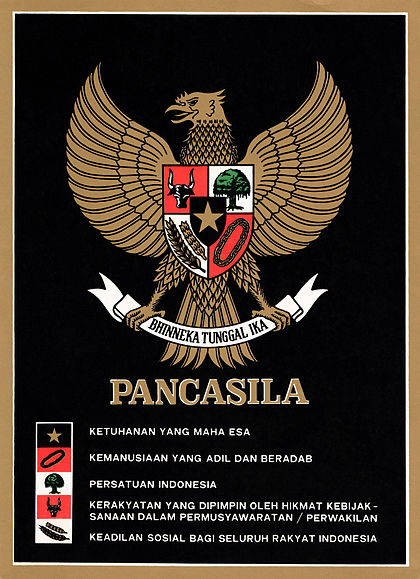 Although culturally diverse, Indonesia has a very strong sense of nationhood and overall social cohesion. Which usually manages to keep the lid on any underlying tension.
Although culturally diverse, Indonesia has a very strong sense of nationhood and overall social cohesion. Which usually manages to keep the lid on any underlying tension.
That said, periodic outbursts do occur and when they do it often triggers horrendous violence. And it is no coincidence that the English word “amok” (mad with an uncontrollable rage) is derived from the word amuk in Bahasa!
In many ways, it is the way Indonesians generally manage to adapt to their many challenges.
Accommodating their many cultural differences, while providing everybody with a degree of “face”. That makes the country so interesting and inviting.
The foundation for that is Pancasila… the official philosophy of the nation. Derived from “pañca” (“five”) and “sīla” (“principles”) Pancasila prescribes the five basic principles that guide the nation:
- Belief in the One and Only God
- A just and civilized humanity
- A unified Indonesia
- Democracy
- Social justice for all Indonesians
Understanding Indonesia – Islam
The predominant religion in Indonesia is Islam. And the country is the world’s most populous Muslim-majority nation, with 86% of Indonesians following Islam. However, apart from areas like Banda Aceh in Sumatra and the east coast of Lombok. The vast majority of the country’s Muslim’s are quite tolerant and secular in outlook.
In fact, although Indonesia is often described as a Muslim nation. The truth is that it is a proven secular democracy that happens to have a large majority of Muslims.
The Ring of Fire
Geologically, Indonesia could be described as “tectonically challenged”… As it sits astride the southern rim of the Pacific Ring of Fire – the volatile source of some 90% of the world’s earthquakes.
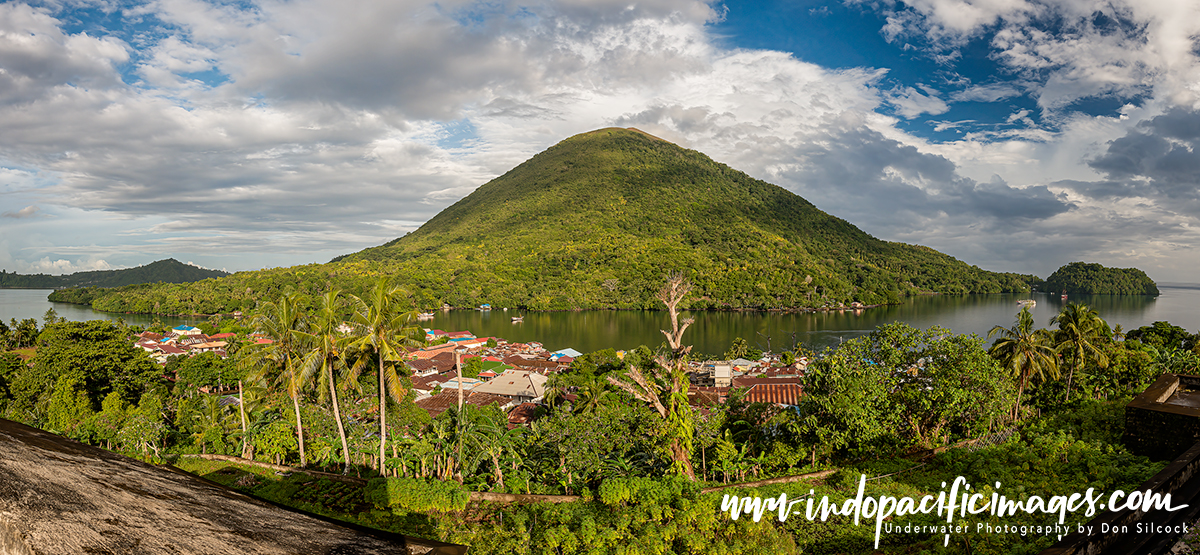
The Indonesian section of the Ring of Fire hosts some of its most active volcanoes. And the eruptions of Mount Tambora in 1815, and Krakatau in 1983, were so big they had global impact.
Mount Tambora’s 1815 eruption has the dubious honor of being the most violent eruption in recorded history. Causing wide-spread harvest failures in Europe and North America the following year – which became known as the Year Without a Summer.
